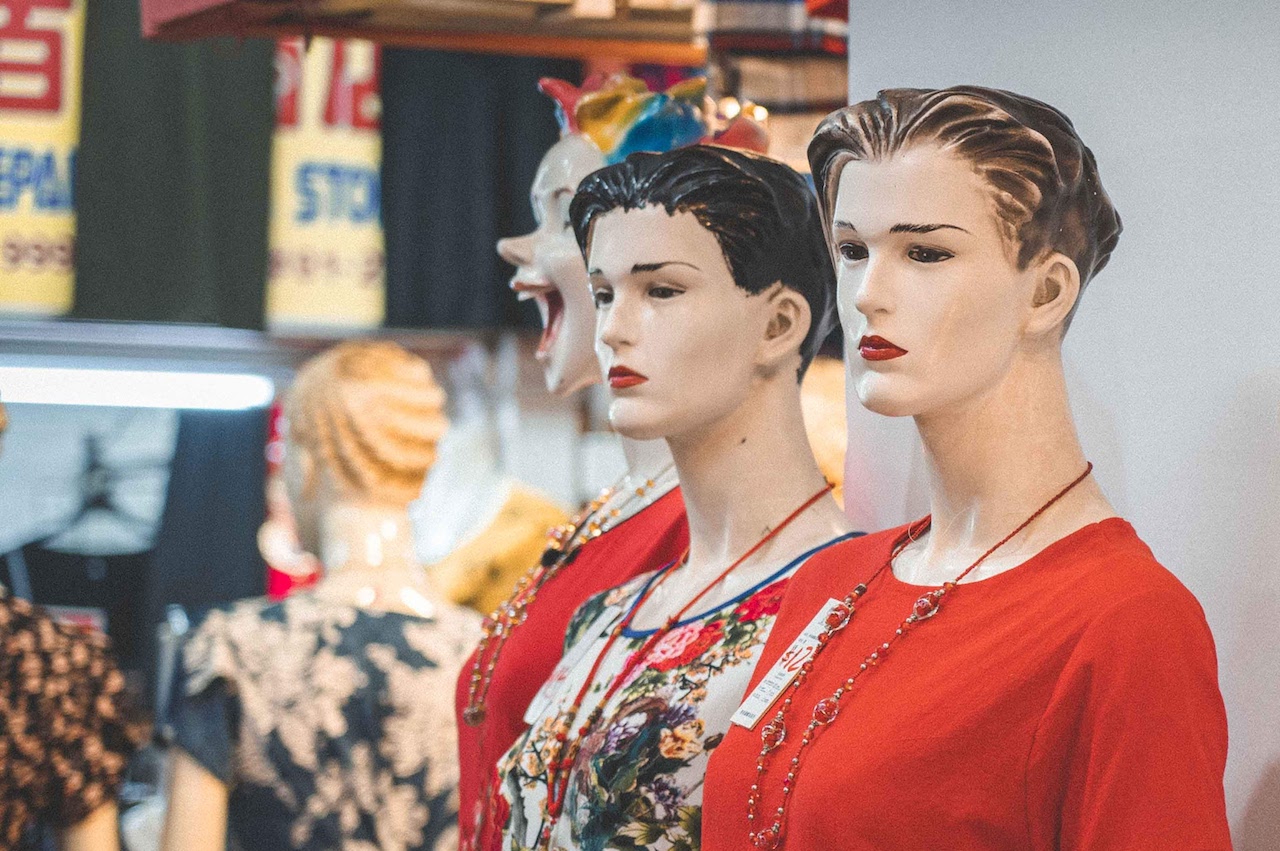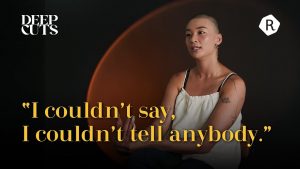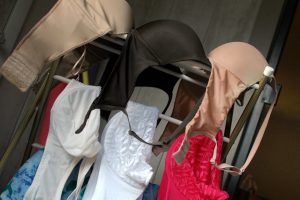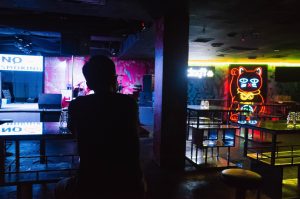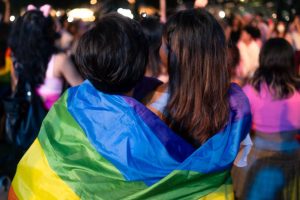Top image: Zachary Tang / RICE file photo
This story is part of RICE Media’s Storytellers initiative, a mentorship programme for budding content creators to learn about the art of creative non-fiction. This piece is a product of a partnership between RICE Media and Singapore Management University (SMU) for its Professional Writing module.
“I don’t remember a single point in my life where I ever really felt pretty,” Gaya sighs.
“When I first found the beauty world on TikTok, it felt like there was hope—like if I used everything and did everything these TikTokkers told me to use and do, I could finally feel pretty for once in my life.”
We’ve been best friends for almost 14 of my 21 years of life; we’ve shared more humiliating experiences with each other than I care to admit. Still, this admission seems to embarrass her.
“Now, I know it isn’t true, but I can’t stop anyway.”
How Did We Get Here?
Back in 2018, Gaya was 16 years old. She was going through the first breakup of her life.
“It was my first relationship. After he broke up with me, I found out that he had cheated on me. It was so humiliating. I felt like if I looked prettier, he wouldn’t have done that to me.”
Even at the age of 21 today, she remembers how her family members only compounded her insecurity about her appearance.
“After they found out about it [the breakup], I remember suddenly hearing so many more comments from them about how I looked. Comments about my weight or things like ‘You should go to the clinic and fix your skin.'”
All this pushed Gaya to her first beauty buy: a simple cleanser and moisturiser set. Her purchases back then were limited by her financial constraints and her own knowledge of what to buy, where to buy it, and why she needed them.
And then, TikTok.
Around the same time as Gaya’s break up in late 2018, TikTok entered the Singapore market. With its powerful content algorithm, never-ending supply of influencers, and ability to constantly push out niche (but still far-reaching) micro-trends, it is no wonder the beauty and fashion industry took notice.
In just a few short years, TikTok influencers had taken the place of pseudo-dermatologists and beauty consultants, bridging the gap between beauty companies and consumers in a way previously impossible. It was a win-win-win situation.
The TikTok beauty sphere offered more eye-catching and easily consumable beauty content from influencers, many of whom gave the impression of being more relatable and accessible—especially compared to A-list celebrities, established Instagram models, or millionaire YouTubers.
TikTok Core
As put by leading beauty magazine Elle: “The real beauty of TikTok? Absolutely anyone [or any product] has the chance to go viral due to their unique algorithm”.
It is easy to write off celebrity endorsements when they come from people we know have access to an endless supply of beauty treatments, fitness trainers, and dermatologists. But when the endorsement comes from someone who looks like us in a room that looks like ours, it is much easier to perceive them as sincere and trust their recommendations.

TikTok’s ability to spotlight non-traditional influencers, or ‘micro-influencers’, has made it the perfect platform for beauty corporations to leverage this.
TikTok’s grasp on the beauty sphere today is massive, with one survey of American consumers finding that 89 percent of TikTok users have purchased beauty products after seeing them on the app.
Like many others, Gaya found herself sucked into the #BeautyTok rabbit hole.
“It’s so easy to scroll, get sucked in, and lose track of time and the outside world. There were days I would spend over five hours just scrolling, with almost all the content being about makeup and clothes and skincare.”
Where Gaya previously felt markedly ill-equipped with knowledge about beauty or how to address the insecurities she was facing, now, she could not seem to escape beauty content and recommendations for beauty concerns she had not even heard of.
Suddenly, Gaya’s simple product routine seemed lacking. She says she felt irresponsible thinking acne was the only skincare problem she had when there was apparently so much more she was not even aware of.
“Dark eye circles, wrinkles, [and] facial hair. I would see a new skin problem every day and convince myself I had it too—that everyone else could see it and I needed to fix it.”
As her disposable income increased and social media pressure mounted, three products turned into more than she can now count. Spending less than $50 on beauty a month soon became $200 to $300 monthly. The percentage of her monthly expenditure dedicated to beauty kept climbing, reaching the current 60 percent.
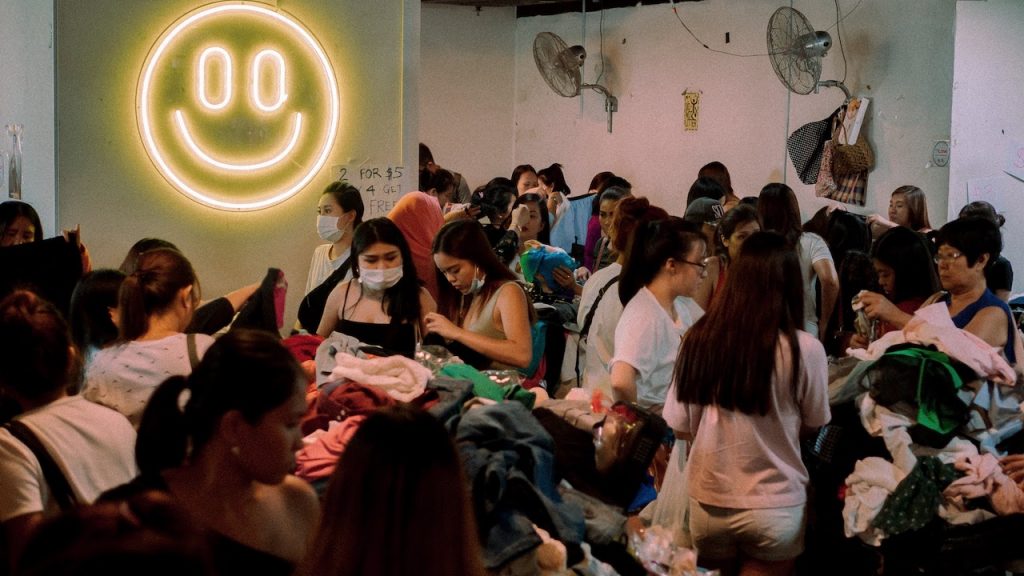
‘Once I Started, I Couldn’t Stop’
Even as the amount she spent increased, Gaya expressed that she never felt it was enough.
“I wasn’t seeing the results I wanted, and even if I did see results, it wasn’t fast enough or big enough for me to feel like what I was paying was worth it. Like, the more I spent, the more my expectations grew until they weren’t possible to meet anymore,” she remarks.
“But by then I had spent so much, and it had become something so important to my self-confidence and how I felt I looked that I couldn’t stop.”
A study on individuals with Body Dysmorphic Disorder (BDD) found that those seeking cosmetic procedures to address appearance dissatisfaction are likely to experience heightened dissatisfaction post-procedure due to internalised unrealistic beauty standards.
In fact, Gaya recalls that when the mask restrictions began lifting, she continued wearing her mask in public—not due to fears of Covid-19, but because despite her investments in beauty treatments, she still did not feel pretty enough.
She was not alone in this, with one post-pandemic study finding that self-perceived unattractive individuals were more willing to wear a mask due to the belief that it would benefit their attractiveness.
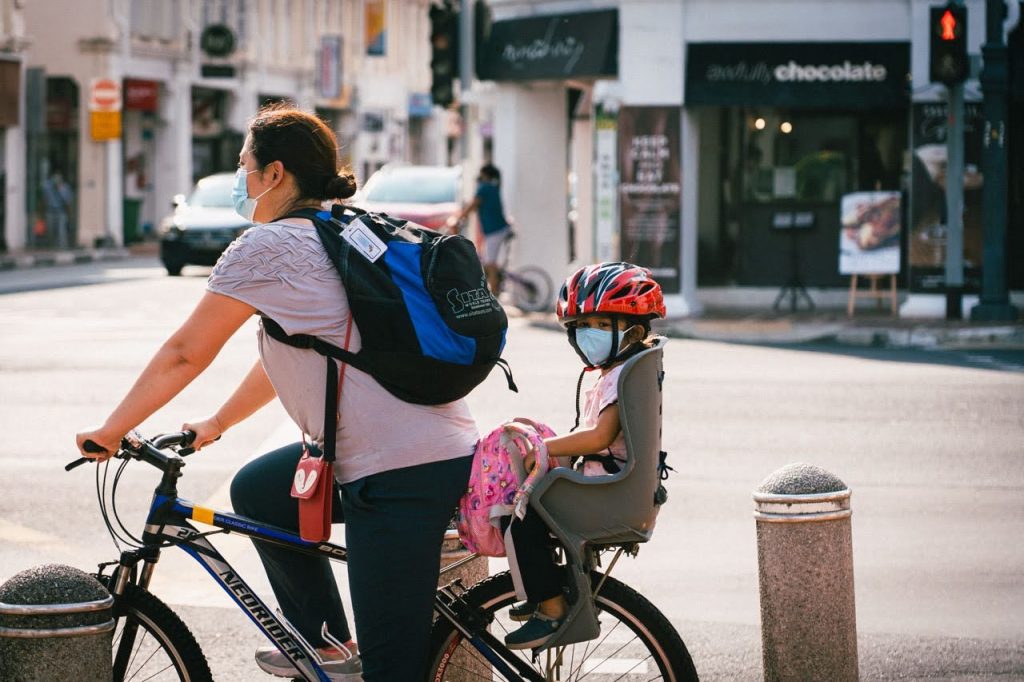
Even still, knowing her beauty consumption was not actively helping her self-esteem and possibly even degrading it, Gaya’s beauty purchases persisted and got more and more pricey as her access to money increased.
It was only recently that she realised her beauty obsession had gotten out of hand.
As she prepared to meet her boyfriend’s family for the first time, Gaya’s beauty expenditure almost quadrupled, hitting about $860 in just one month on skincare alone. She recalls spending another $800 on clothes and makeup as well.
“I was already super nervous about it. First impressions are bad for everybody, I think, but for me, I had put myself in a position not to meet new people very often, and a big part of that was because I didn’t feel pretty,” she says. “But this was not something I could keep putting off.”
Gaya turned to increasing her beauty consumption: new skincare and makeup products, clothing hauls, facials, and waxes, among other things. She says her own terror at how she would be seen by them was compounded by her family’s well-intentioned but still stress-inducing comments.
“My sister knew I was nervous about how they would react to me, so she kept mentioning beauty treatments I could do or products I could use. I appreciated it, but it definitely also made me feel like she thought I wasn’t pretty enough, too.”
Her mother, she says, was much more direct in her disapproval of Gaya’s appearance. The nitpicky comments that had escalated in the wake of her first breakup continued even as she started investing in her appearance.
“It just felt like nothing would be enough, and I would never be pretty to her.”
It was one of the lowest points in her life, having spent so much but still never feeling pretty enough.

Beauty and the Asian Family
This experience is not unique to Gaya, especially here in Asia.
In a study on the experiences of Asian-American women’s relationships with body image, a participant explained the differences between Western and Asian approaches to family comments on outward appearance.
“I feel like in Asian cultures, it’s perfectly acceptable for someone to go up to you and be like, ‘You’re too fat; you need to lose weight’,” Gaya offers.
Although most expressed that it was hurtful and intrusive, some defended the practice by rationalising it as a cultural norm. And despite Singapore’s embrace of Western modernity, we can’t escape these norms.
It is why having aunties comment on our weight or skin complexion seems to be a universal experience for so many of us, with Asian family values of respecting your elders forcing many of us to bite our tongue and smile through these comments.
When it comes to our own mothers, things are a lot more complicated. Comments from other relatives come only a few times a year when we see them at family gatherings. Comments from your mother are inescapable—and sometimes hold more nuanced and complex intentions.
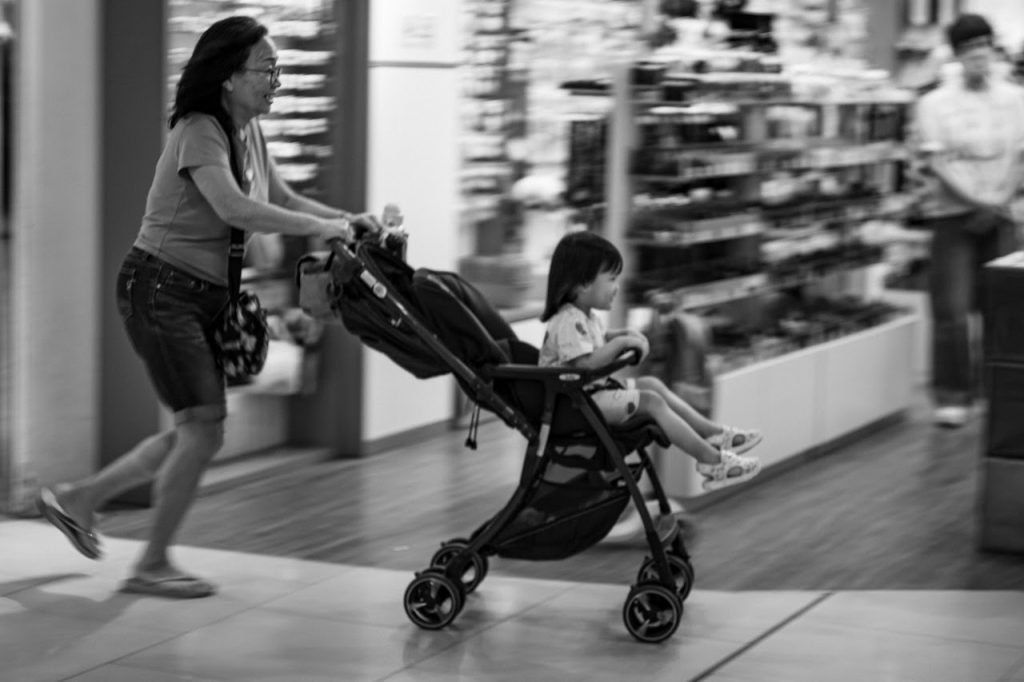
Some Asian mothers have expressed that their daughters’ appearances reflected poorly on their parenting. For mothers already stressing about the way motherhood is so often policed, voicing their disapproval of their daughters’ appearances, while harmful, might be their way of attempting to gain control of others’ perspectives of their parenting.
Other intentions factor in as well.
I remember complaining to my mother about her comments on my appearance once, and her reply has stuck with me for a long time.
“Better I tell you than someone else tell you, right?”
I had never before given thought to the fact that my mother herself had grown up as a young Asian woman in a world that is often unkind to women’s appearances. I had never considered that for her, these comments, while hurtful or poorly conveyed, were her own way of protecting me from outside comments on my appearance—something she, too, had once been subject to.
Peers As Unknowing Enablers
Beauty norms shared by peers who are physically and psychologically close to us can be sources of pressure on young girls’ constant body awareness and promote body dissatisfaction.
One study on the beauty perceptions and social media presentations of teenage girls in Singapore revealed that our peers serve as imaginary audiences, judges, teachers, and comparison targets—all of which shape our perceptions and presentation of beauty on social media.

As I had this conversation with Gaya about how her family had impacted her relationship with her appearance, I reflected on how I might have negatively contributed to her struggles with beauty.
“Ya, kind of. I don’t think you meant to. But when you told me about what you had bought or what you were using, or when you sent me videos of beauty stuff you liked, I felt like I should get it too. You told me that snail mucin cream worked well for you, and I remember I went to buy it that same week.”
Every time I had been to Gaya’s house spouting off about a new skincare purchase, I was excited about or responded to her insecurities with my own product recommendations; I was only adding to the pressure she was already feeling to buy more cosmetics as a solution to her insecurities.
We also realised how self-deprecating comments like “I’ve put on so much weight recently” or “Oh my god, I’m breaking out again” had become staples in our conversations. Many of our conversations with other women often go back to the topic of beauty and beauty consumption.
While we had liked to think of ourselves as good influences on each other and beneficial to each other’s self-esteem, this wasn’t the case.
As put by the previous study on Singaporean teens: “Participants admitted that as much as they may say that ‘true beauty is in the heart of everyone,’ it was difficult to accept it in reality because of the pressure they received from peers who adopted the media-dictated standards of beauty, which then became peer norms”.
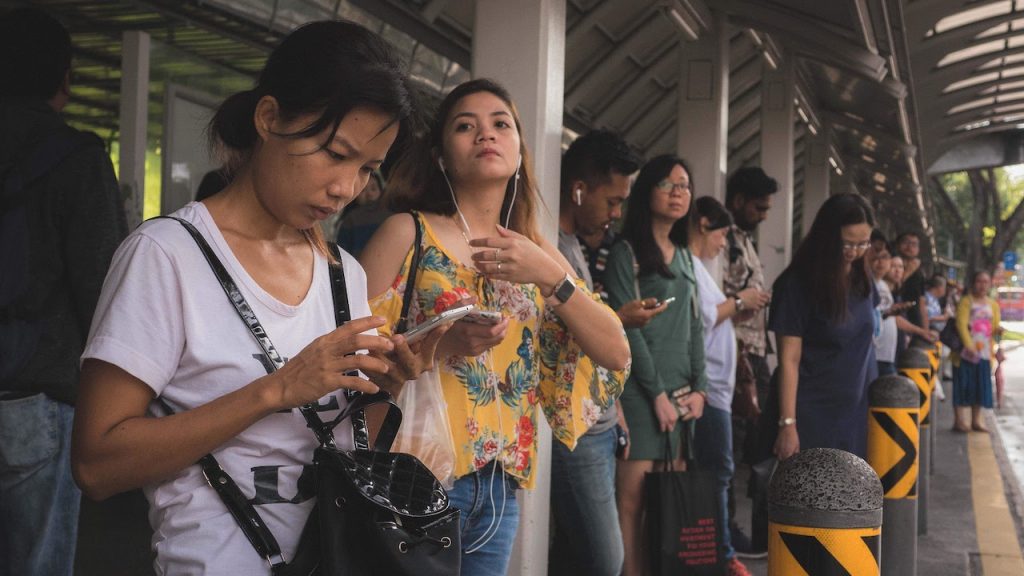
Painfully Relatable
“I know it’s not healthy for me, but I’d much rather do this [beauty consumption] than be treated badly in the world because I’m a woman not following the standards women are held to today,” Gaya admits.
“It doesn’t make me feel pretty. But not doing it makes me feel uglier, and at least when I’m wearing makeup, people know I’m trying.”
It’s easy to write off unhealthy beauty standards the same way we write off climate change: “Not my fault what, I cannot do anything to stop it also”.
But just as recycling or cutting down our water consumption is important, so is analysing our own attitudes towards beauty and the language we use around it. Societal change often starts with menial, seemingly insignificant individual contributions. Just look at the body positivity movement and the ground it has broken in the fashion world.
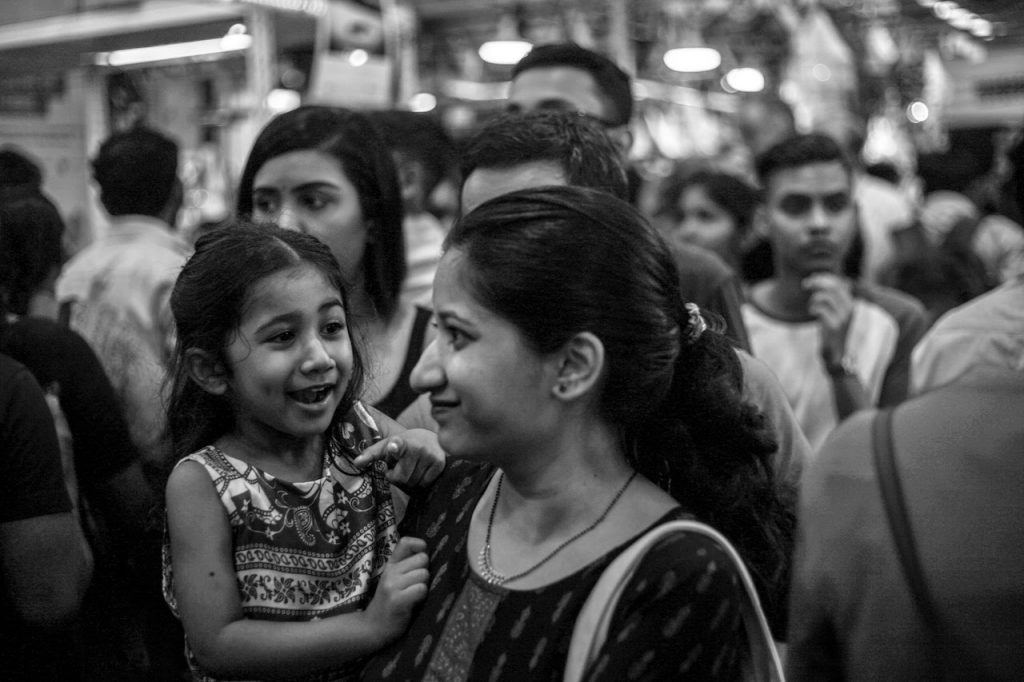
Social media might be the catalyst that has allowed beauty corporations to efficiently monetise women’s insecurities the way they do today. But it is us and the larger society at hand that defines and perpetuates unsustainable beauty standards, especially in our own communities.
It is naive to hope for beauty and social media corporations to curb the beauty content today when it generates so much profit. It is also worth understanding the power we have to erode the impact of these crushing external pressures on the women around us, even if we still fall victim to these pressures ourselves.
It sounds idealistic. But if enough of us shift our attitudes towards beauty and the way we engage in beauty discussions with our friends and family, maybe there will come a day when Gaya won’t be as painfully relatable to women around the world—including me—when she says: “I don’t remember a point in my life where I ever really felt pretty”.

